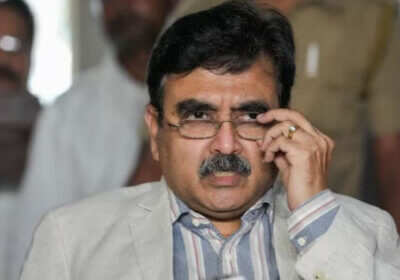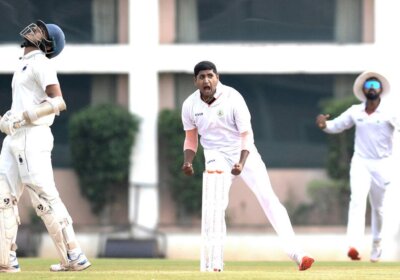Rajya Sabha Elections Overview
The composition of the Rajya Sabha, with 56 seats at stake across 15 states, was expected to remain largely unchanged despite recent political developments.
NDA’s Electoral Position
The ruling NDA entered polling day with 109 MPs in the 238-member Rajya Sabha, falling 10 short of the halfway mark. The Opposition INDIA bloc had 89 MPs.
State-wise Breakdown of Seats
Uttar Pradesh, with 10 seats, led the states with Rajya Sabha elections, followed by Maharashtra, Bihar, and others. The distribution of seats varied across states.
Electoral Dynamics in Key States
Uttar Pradesh
In UP, BJP and SP originally had sufficient numbers for 7 and 3 seats, respectively. The entry of an additional BJP candidate could lead to cross-voting, potentially altering the outcome.
Karnataka
In Karnataka, alliance dynamics and the nomination of candidates have led to a competitive race, with potential shifts in support from Congress, BJP, and JD(S) MLAs.
Himachal Pradesh
Discontent within the Congress and reports of cross-voting added uncertainty to the single Rajya Sabha seat in Himachal Pradesh, affecting the chances of both Congress and BJP candidates.
Potential Impact on Current Composition
As 56 MPs retire, the BJP, initially expected to retain its seats, may gain additional seats in UP and Himachal Pradesh. Conversely, the Congress faces potential losses, especially in Himachal Pradesh, despite initial projections of gaining seats.
These headings provide a structured overview of the Rajya Sabha elections, covering the current composition, state-wise details, and potential impacts on the political landscape.
Electoral Implications and Political Strategies
The Rajya Sabha elections hold significant implications for both the ruling NDA and the opposition parties. For the NDA, securing a majority in the Upper House is crucial for passing legislation smoothly and advancing its policy agenda. The shortfall of 10 MPs from the halfway mark underscores the importance of these elections, prompting strategic maneuvers and coalition-building efforts.

Rajya Sabha Elections : All You Need To Know
In states like Uttar Pradesh, where the BJP aims to consolidate its dominance, the decision to field additional candidates reflects its ambition to bolster its representation in the Rajya Sabha. However, the possibility of cross-voting introduces an element of unpredictability, highlighting the complexities of state-level politics and the need for effective intra-party coordination.
Similarly, in Karnataka, the alliance dynamics and the Congress’ efforts to garner support from independents and dissident MLAs underscore the fluidity of electoral alliances and the significance of backroom negotiations in securing crucial votes.
The elections in Himachal Pradesh, marked by internal dissent within the Congress, exemplify the challenges of maintaining party unity and thwarting defections in the face of political realignments.
Overall, the outcome of these elections will not only shape the balance of power in the Rajya Sabha but also influence the broader political landscape, setting the stage for future electoral contests and legislative battles. Both the NDA and the opposition parties are keenly aware of the stakes involved, making these elections a critical battleground for asserting political supremacy and advancing their respective agendas.























Pingback: I haven't resigned yet, will serve full term : Himachal CM Sukhu